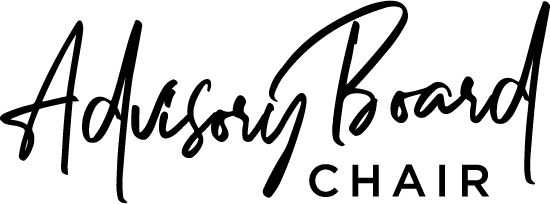Einstein’s definition of insanity was doing the same thing over and over again, each time expecting a different outcome. Sometimes, I think most of us are insane because so many of us do the same thing repeatedly and hope for different results.
Do you eat the same foods yet hope to lose weight? Do you do the same limited exercise hoping to get fitter? Do you think your staff will step up and perform better without you having a performance conversation with them? Do you think you’ll achieve better results by doing the same thing?
We don’t like doing this differently. This is because we often don’t reflect on what we’re doing and why, and how we could change.
Stop, start, keep
In business, it’s important you continually ask yourself these three questions:
- What should I stop?
- What should I start?
- What should I keep?
Review everything you do. Every time you do something, ask yourself whether you should stop it, keep it, or start something else. Could you do things differently to be more efficient? Could you streamline processes or try something new for better performance, profit and productivity outcomes?
People fear change
It’s true; change can be difficult. However, it can be extremely beneficial if we manage it well. In fact, change is vital for businesses to stay relevant. The key is to know why we’re making the change, what it will impact, and how and when we’re going to implement it. If we can understand those things, then change isn’t scary.
We also need to be much more future focused. Often, we are so busy being busy that we rarely stop to look at what we’re doing and ask, “Is what I’m doing aligned with my strategy and the strategy of the business?”
The problem is, we wear being busy like a badge of honour. How often do you boast, “Oh, I’m so busy, I never stop. I work seven days a week!” Three years ago, I took the word “busy” out of my vocabulary. For me, busy is a negative word. Instead, I view what I do as either productive or unproductive. My activities align with my strategy or they don’t, and if they don’t, I ask myself, “What do I need to stop, start or keep so they are aligned?”
How failure to change led to a world leader’s downfall
Let’s look at an example. Kodak was a world leader in camera technology. Its core business was selling film, then cameras went digital. But Kodak kept doing what it had always done. It failed to align its activities and business model with the future of photography, and was destroyed by digital cameras – a technology it invented. Kodak filed for bankruptcy protection in 2012, exited legacy businesses and sold off its patents before re-emerging as a much smaller company in 2013. Its days as a world leader are over.
What about you and your business? Are your skills still relevant?
Doing the same thing over and over is like using a typewriter instead of a computer. Yes, both technologies share the same outcome: they output letters and words. However, one can spell check, one is automated, one can type in advance, one can talk to text. The other is tap, tap, tap. The typewriter is obsolete. The computer, in its current form, will probably be obsolete in the future, too. Are you preparing your business for the day when computers are no more and everything is voice to text?
Think about the top three things that frustrate you at work. Why do you still do them or allow them to happen? Is it because you think, “Well, that’s the way it’s always been done”? Do you blame a lack of delegation, policy or authority to change these things? Or perhaps you simply say to yourself, “One day, somebody will get around to figuring it out and doing it differently.”
Write those top three frustrating things down. Think about how you could stop them or do them differently. Where could you go to for advice? If your pain point is about future technology, why not go to a virtual reality adviser? If it’s about futuristic ideas, go to a futurist. If it’s about streamlining systems and processes, go to an advisor who specialises in that area.
It’s up to you whether you meet Einstein’s definition of insanity, or his definition of creativity, which was “intelligence having fun” – exploring new ideas, solving problems and learning. Which do you prefer? The choice is yours.
You can also undertake our free Business Health Check here.
